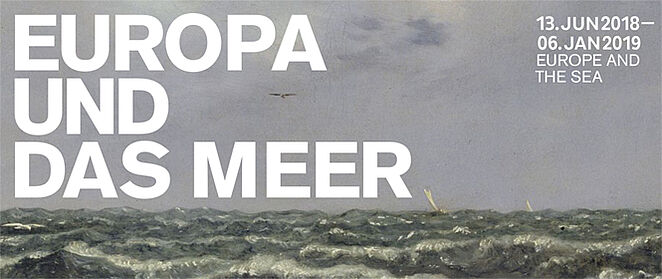Europe and the Sea

13 June 2018 to 6 January 2019
An exhibition by the Deutsches Historisches Museum in partnership with the Jean Monnet Chair for European History at the University of Cologne
Europe is a maritime continent in geographical terms. Taking the length of the coastline relative to the total land area, Europe has more contact with the sea than any of the other continents. Nevertheless, the sea can seem very remote to people living in central and eastern Europe. In many countries, the sea is part of people’s daily reality only when they go there on holiday, or if they live on the coast.
"Europe and the Sea" reveals just how fundamentally the sea has shaped the development of Europe, exploring the roles it has played and continues to play. The exhibition covers the centuries from the Age of Antiquity to the present. It examines the sea’s significance as a facilitator of European expansionism and trade, as a bridge and barrier, as a resource, and as a focus of yearning and imagination. In addition to the historical dimension, it casts a spotlight on many aspects that are of ever greater importance to us today. In view of the millions of refugees crossing to Europe, the role of the sea as a bridge and barrier to the continent has acquired new relevance. Environmental concerns, climate-related issues, and the use or overuse of marine resources are also subjects of growing public debate.
Flyer to the exhibition
Download (PDF)
Additional Information
Audio guide
in German, English or for children
€ 3, Family package € 6 (up to 4 devices, 2 adults and 2 children) plus admission
Milestones in the history of European shipbuilding
The digital media station `Milestones in the history of European shipbuilding´ looks at twenty significantly different ‘types’ of ship as examples to illustrate major developments in shipbuilding between the ninth and the twentieth century.
Funded by
